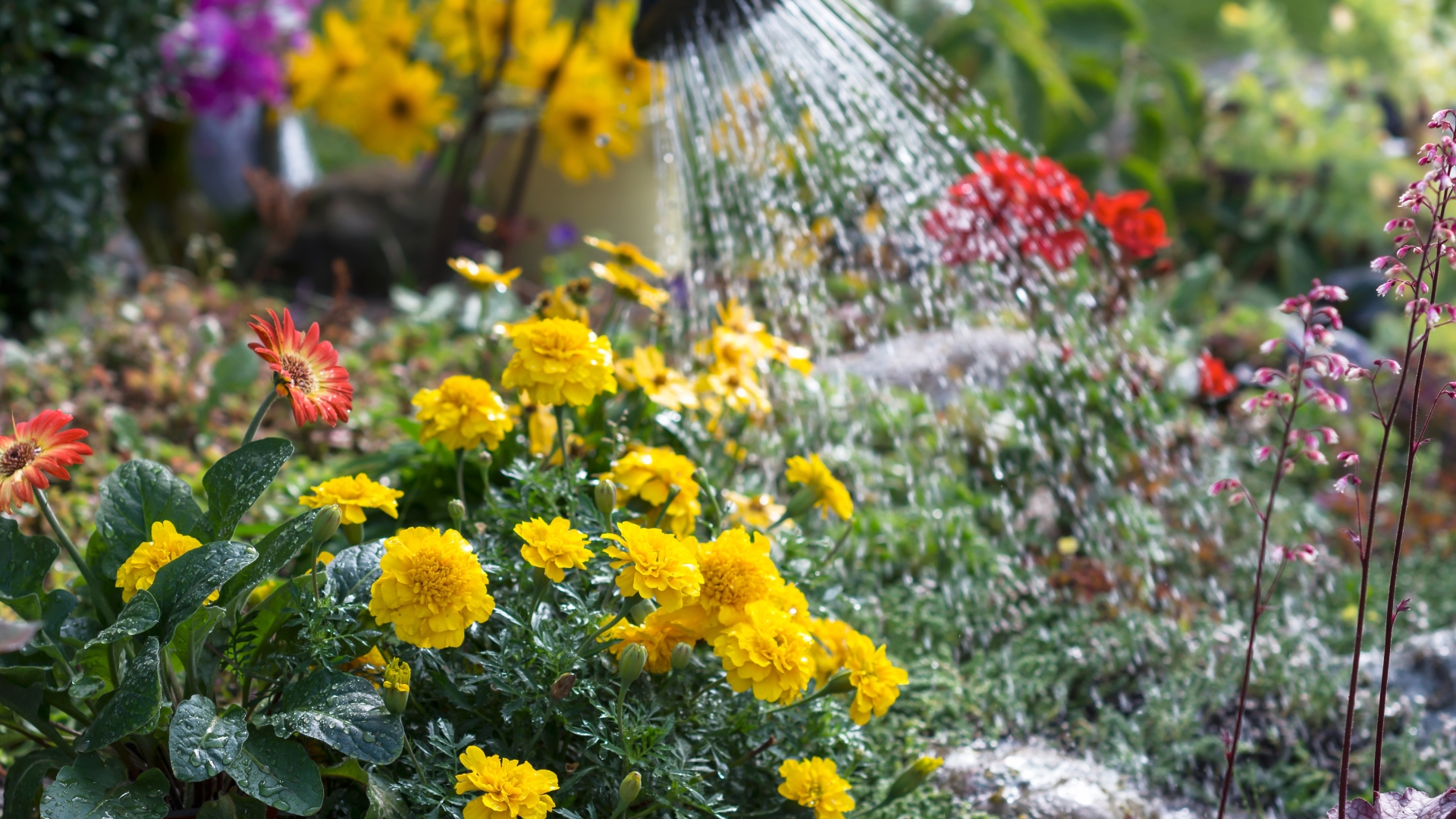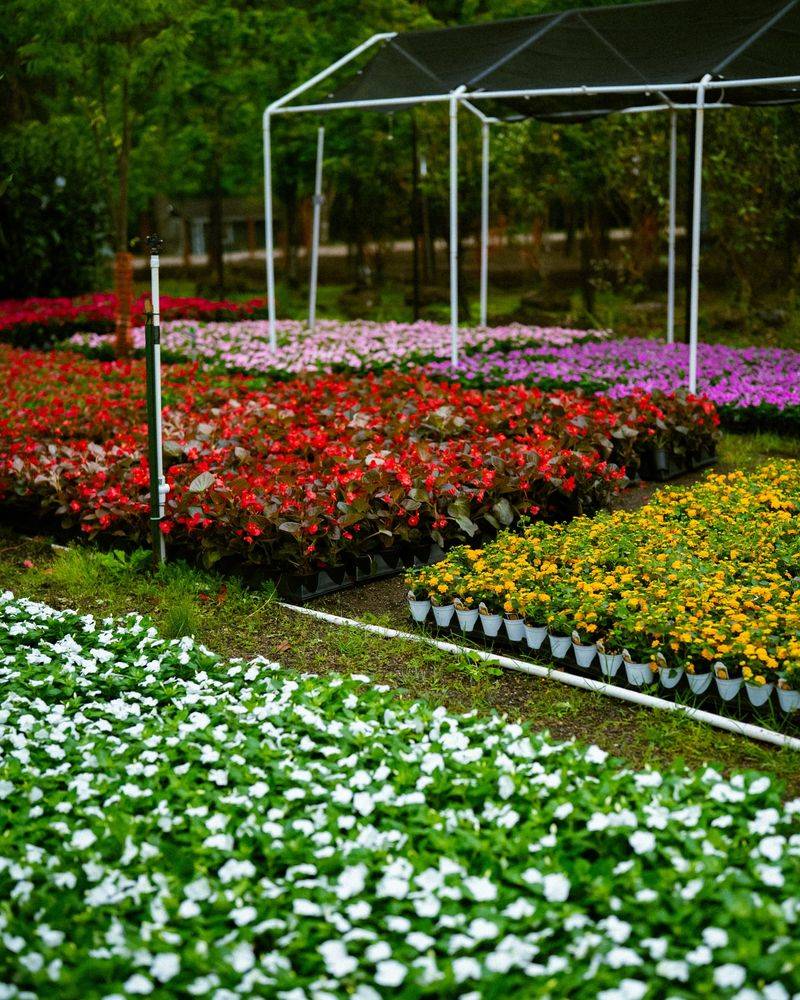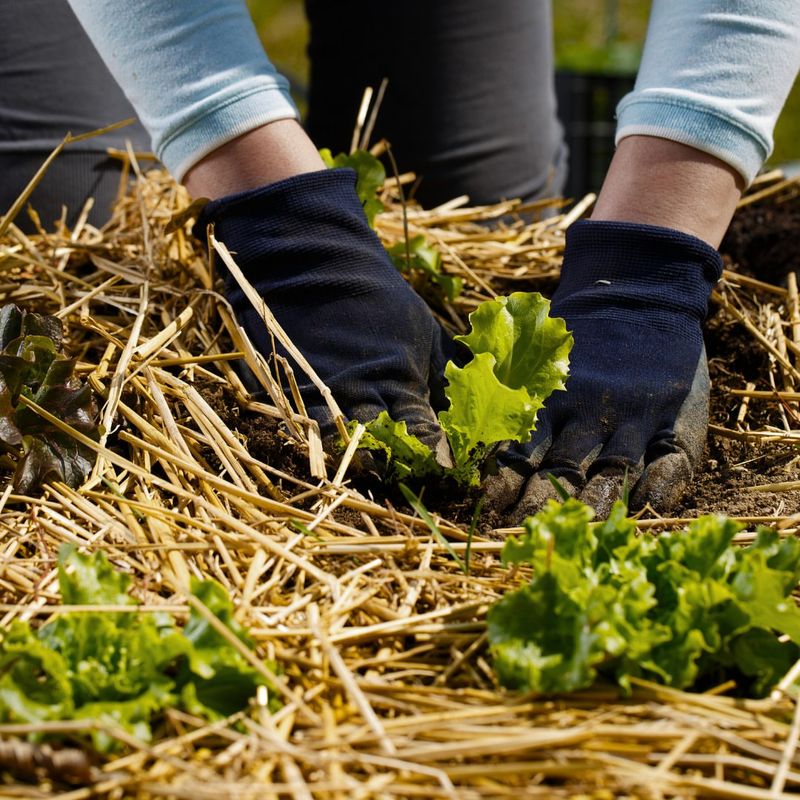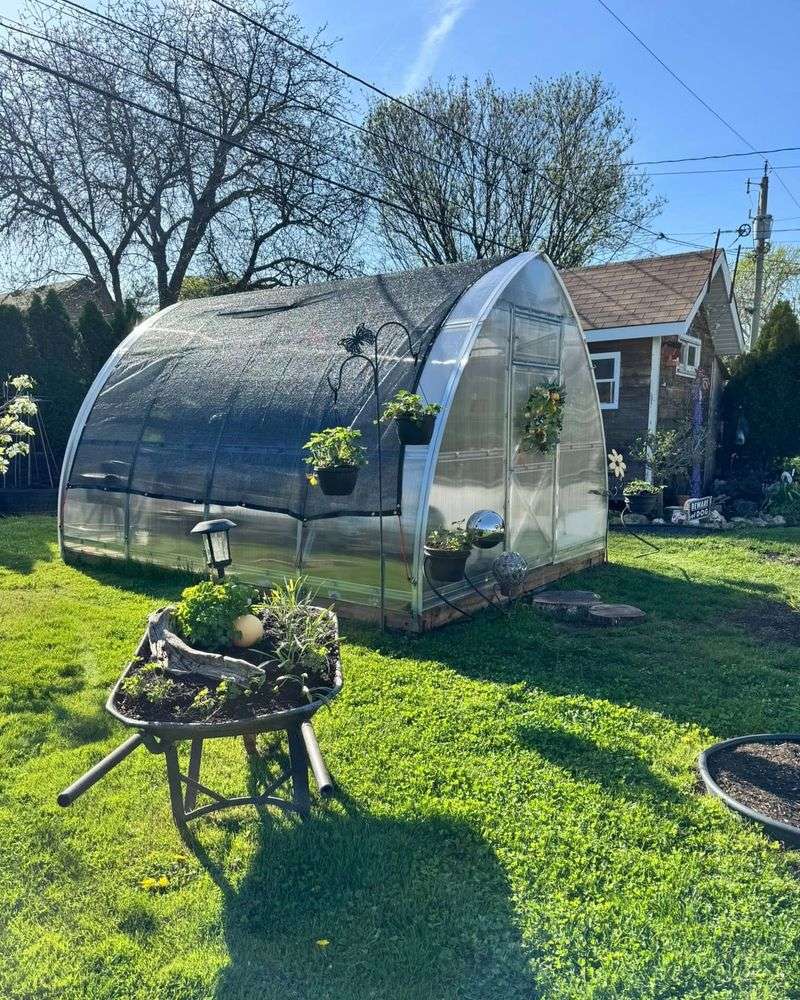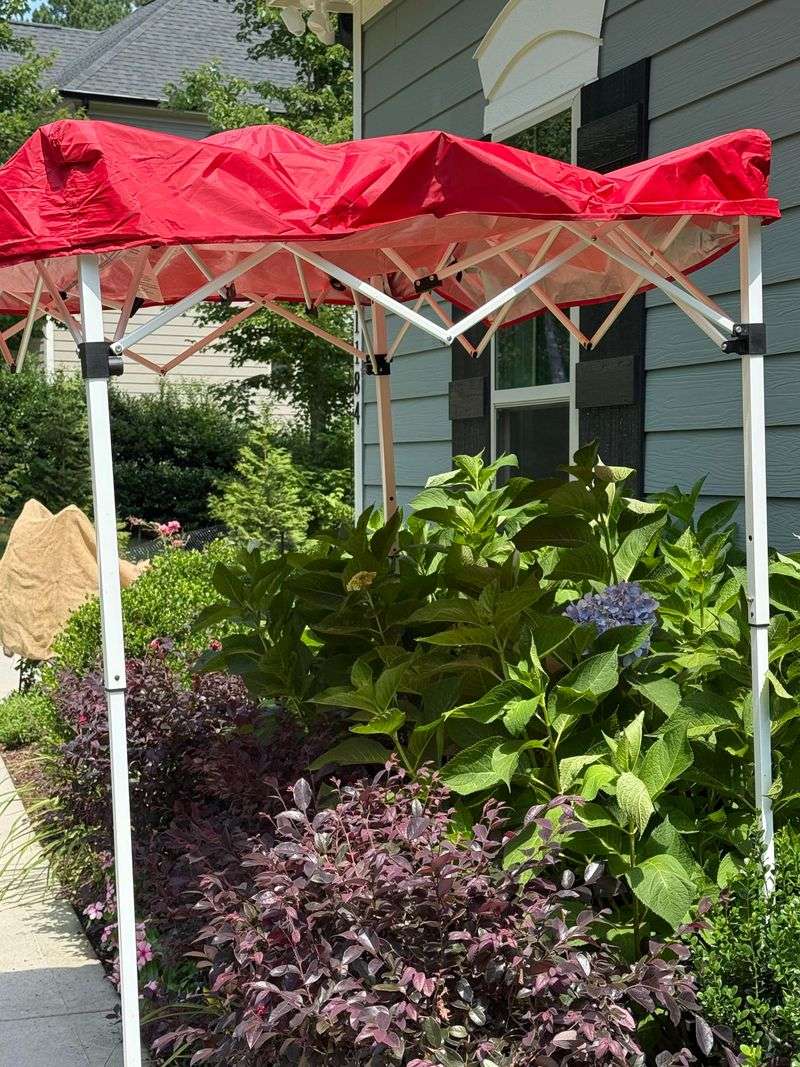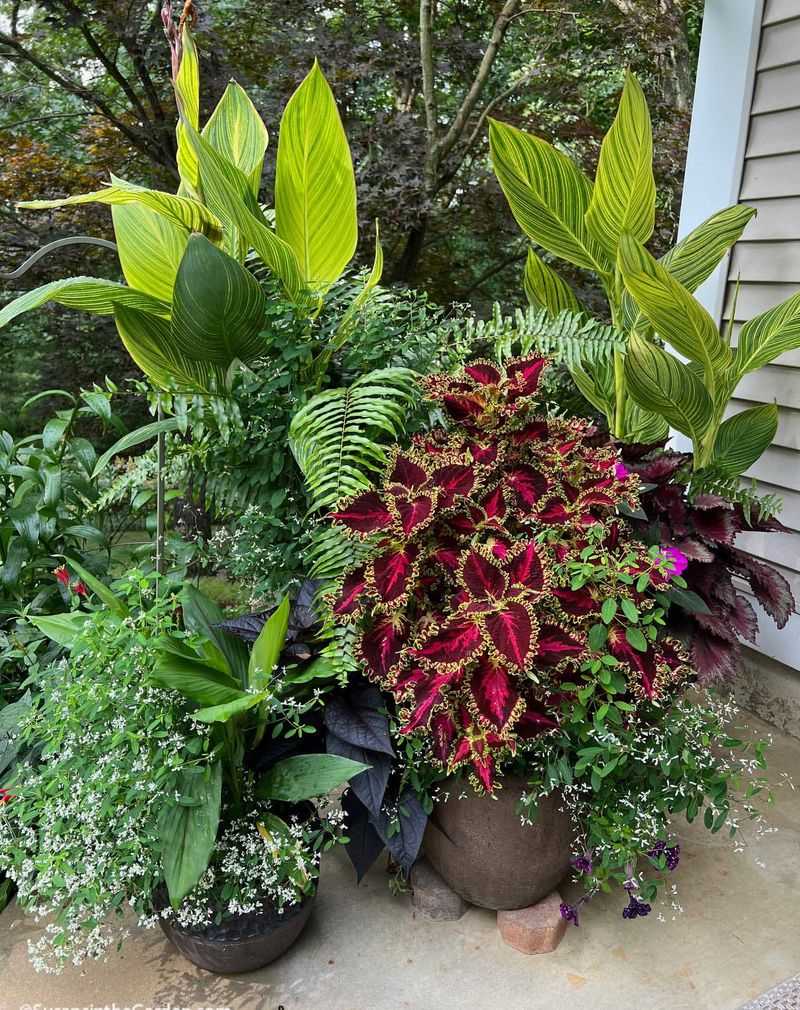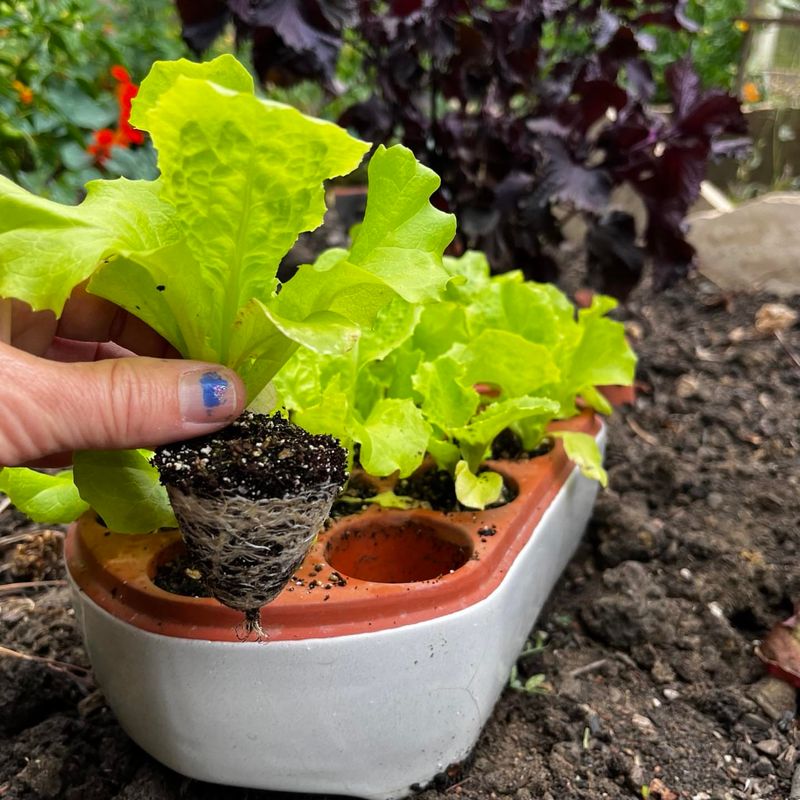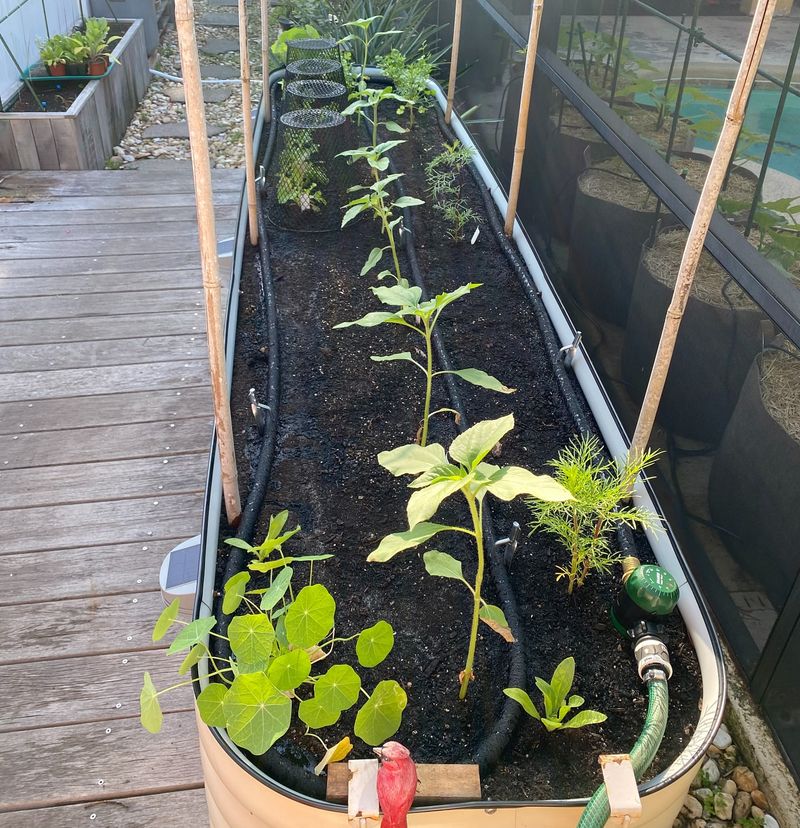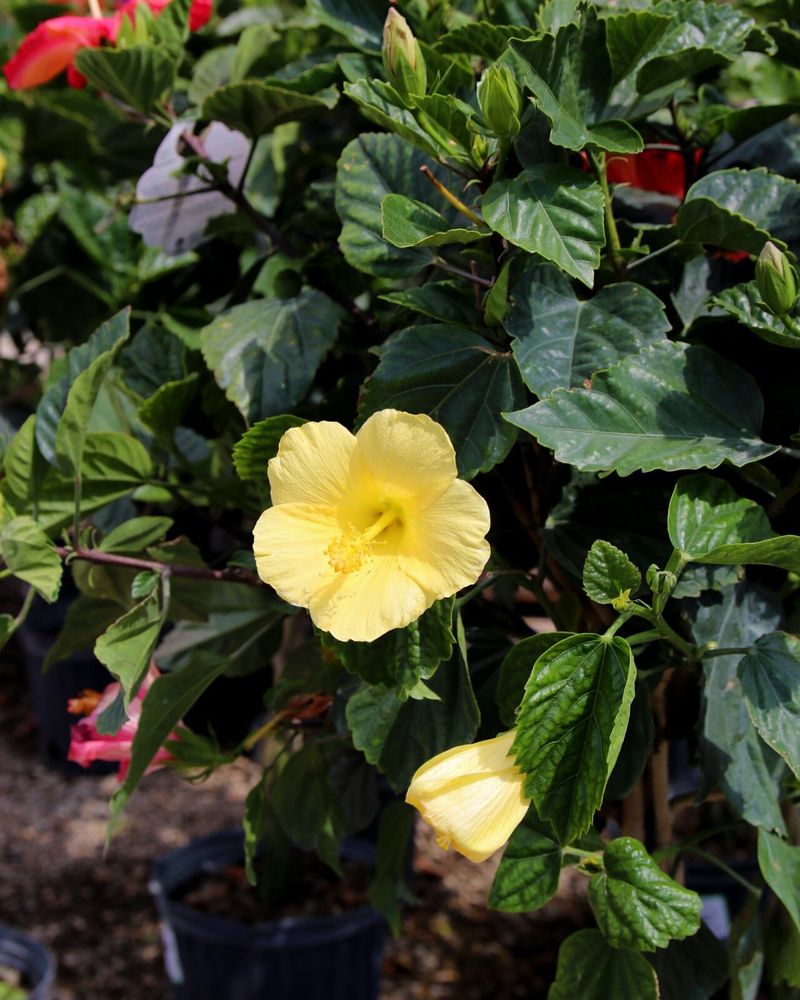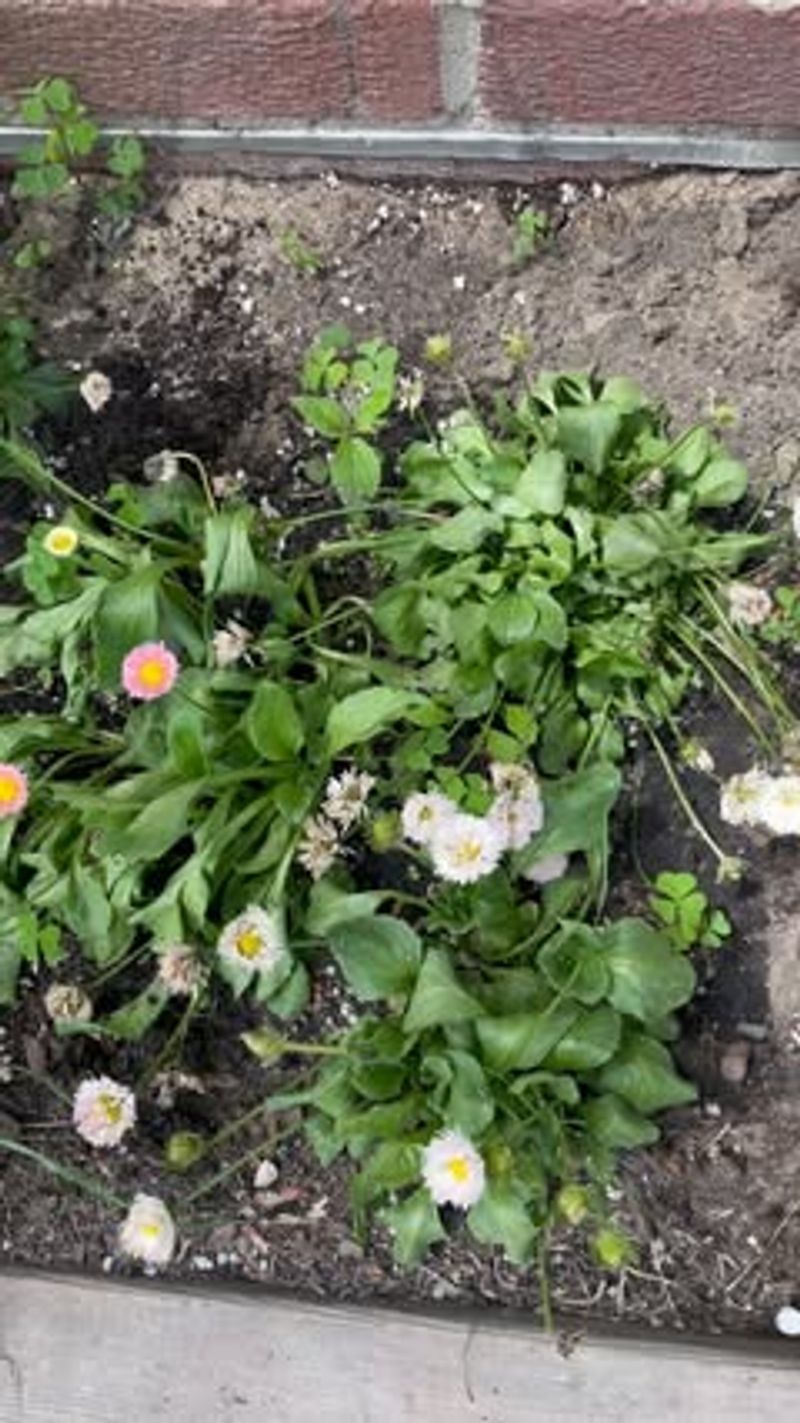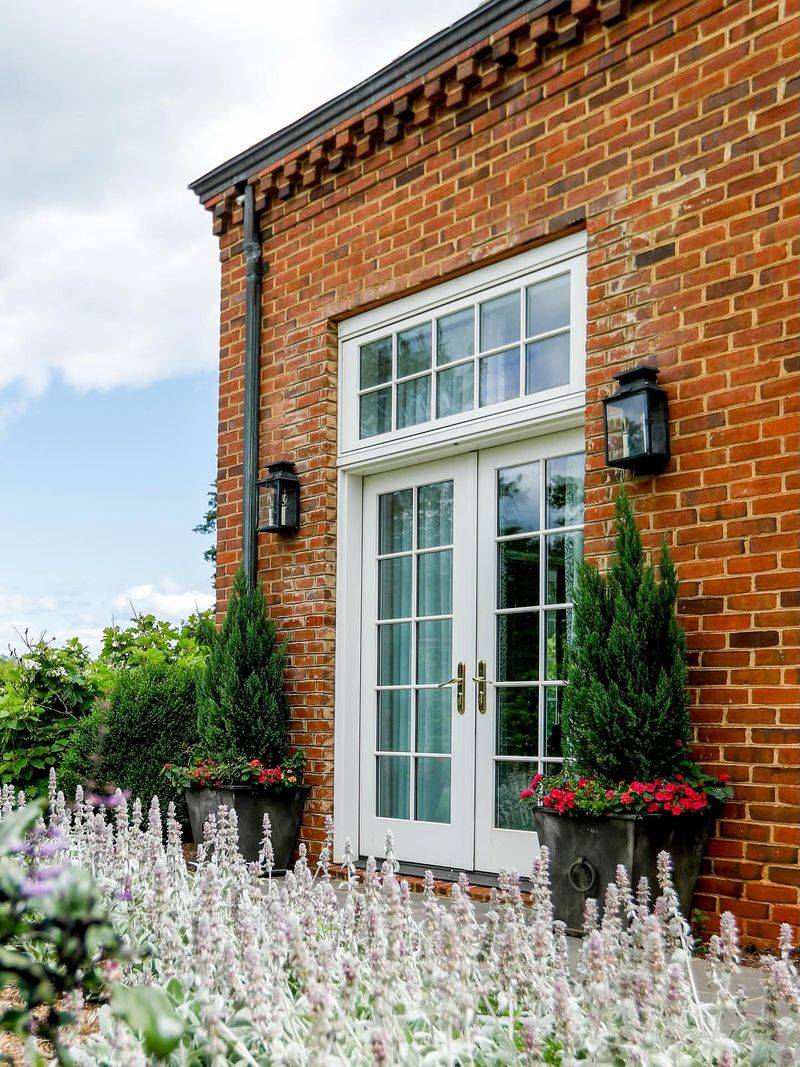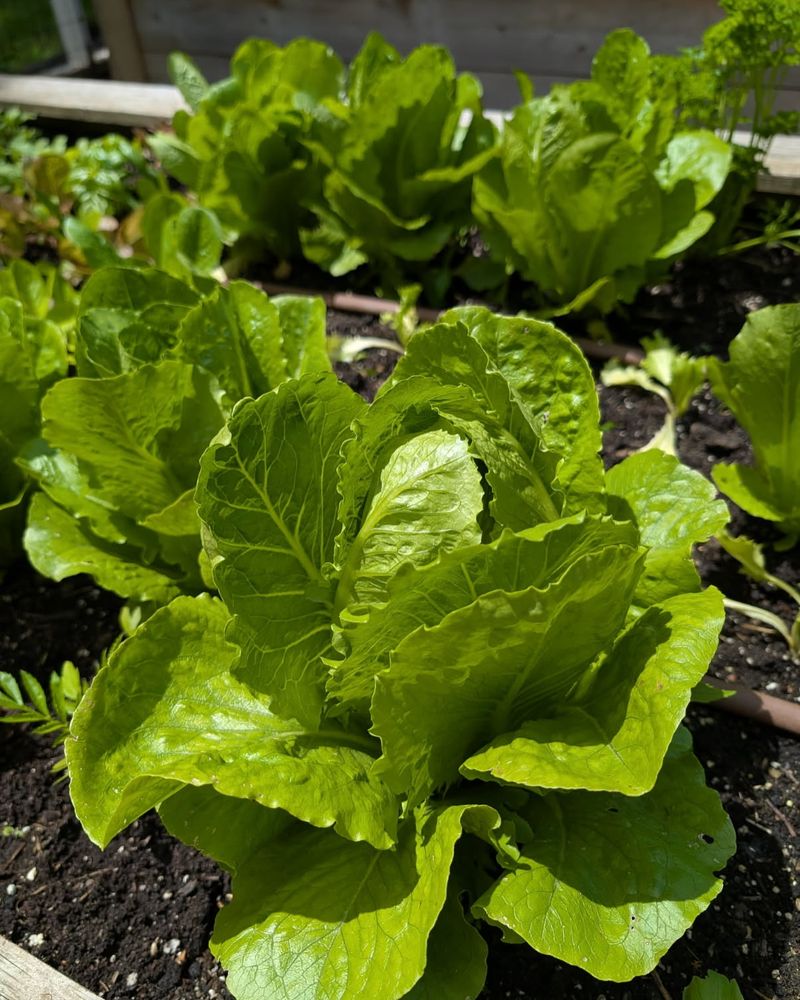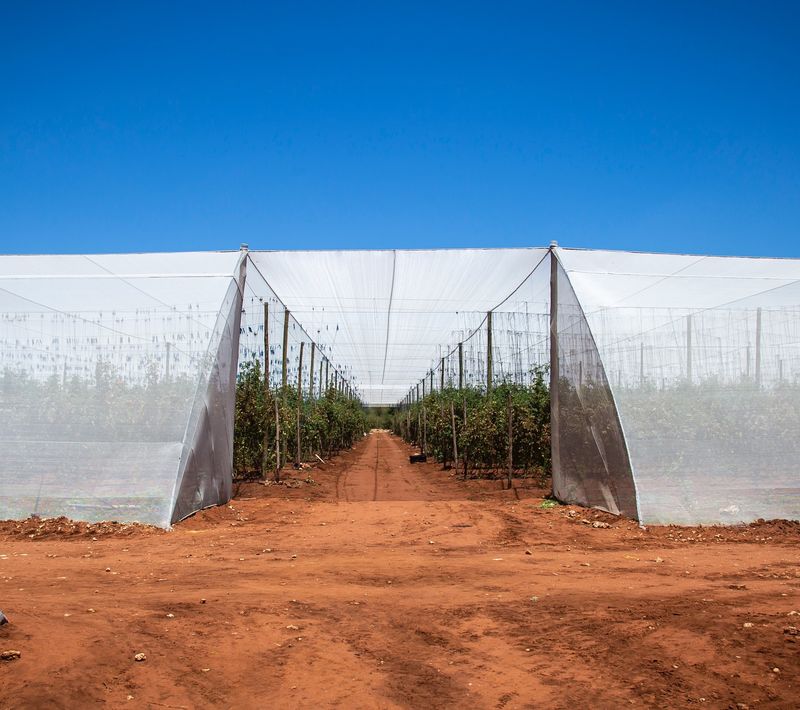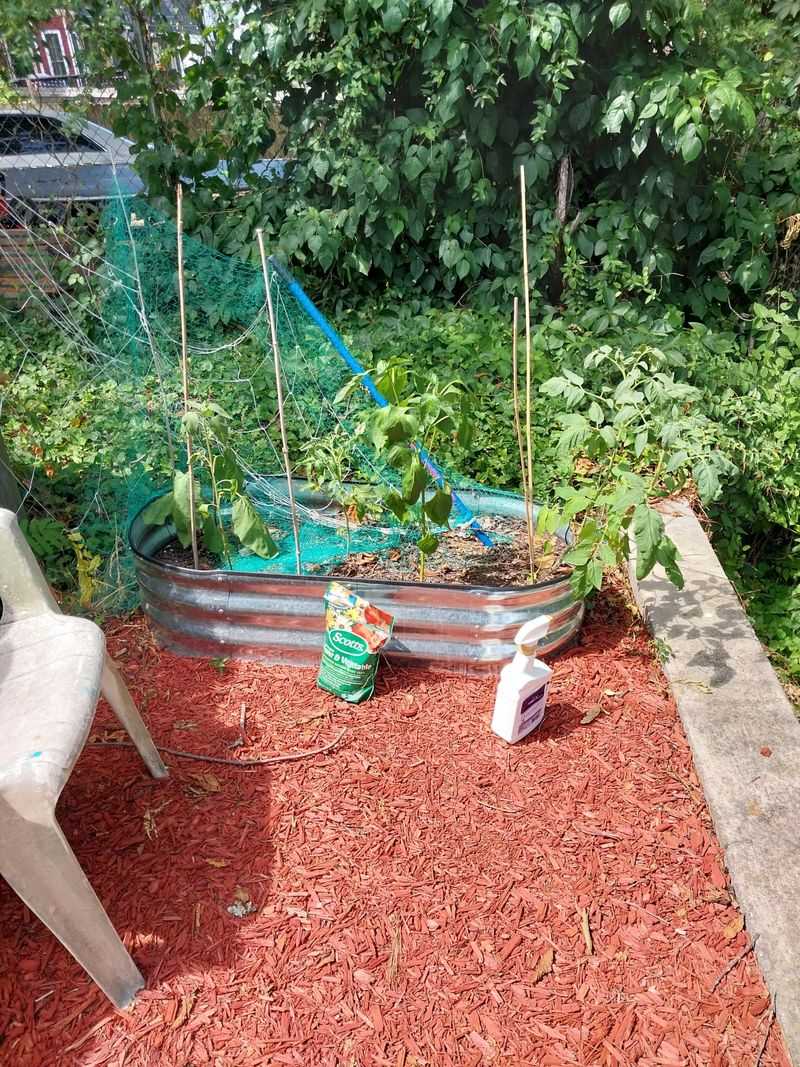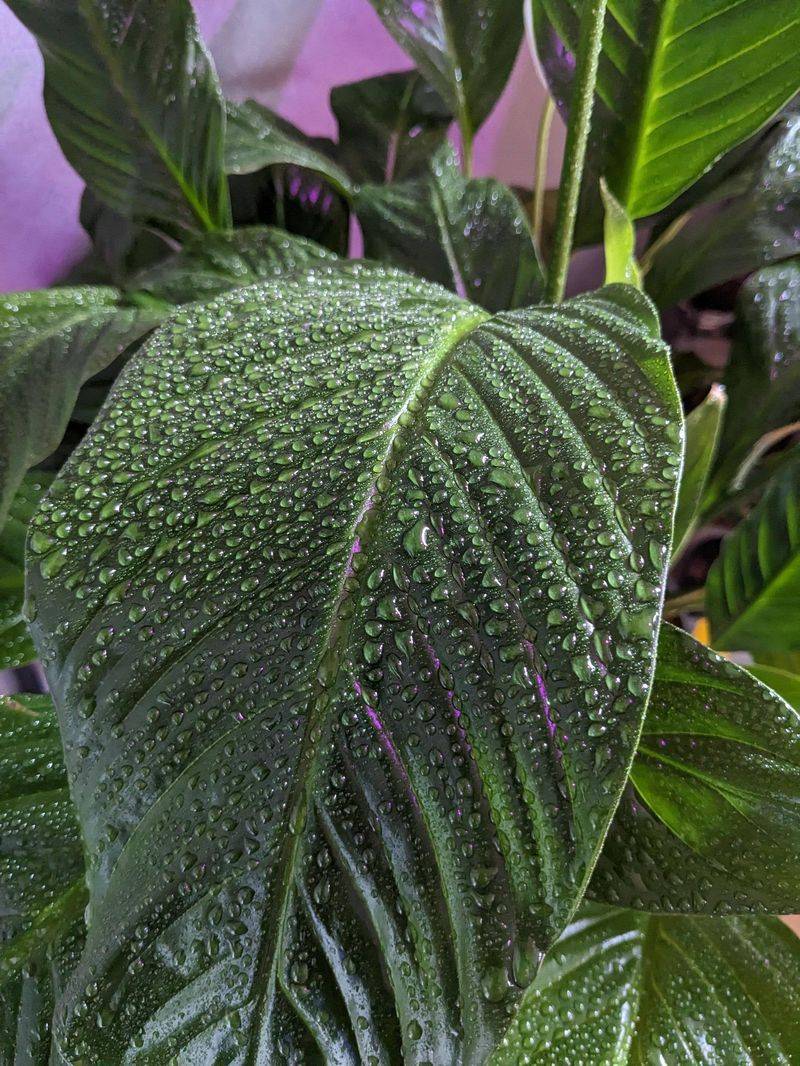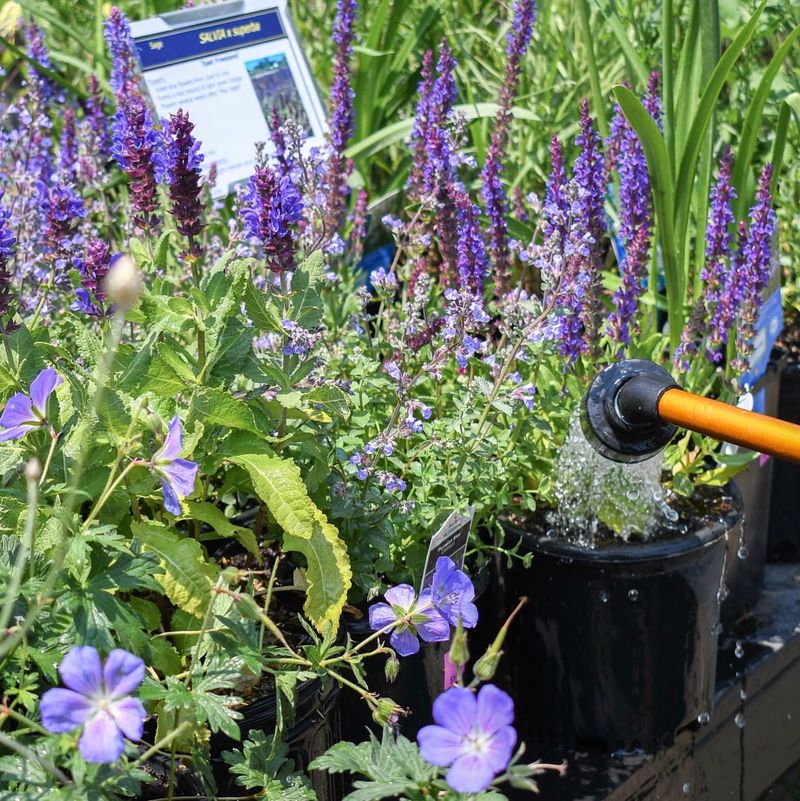When the heat kicks in, gardens can go from thriving to struggling fast. I’ve had my fair share of wilted leaves and sunburned veggies, but a few easy changes made a big difference.
These 10 tips are all about keeping things cool, hydrated, and happy—even when the temps won’t let up. I also included a few bonus tricks that helped my plants stay green longer.
Heatwaves happen, but your garden doesn’t have to suffer for it.
1. Water Deeply and Early
Give your plants a good, thorough soak in the early morning before the sun gets intense. Deep watering encourages roots to grow downward where soil stays cooler and moister longer.
Avoid evening watering which can promote fungal diseases in the humid night air. Aim for about an inch of water weekly, but increase this during extreme heat periods when evaporation happens faster.
2. Apply Organic Mulch
Spread a 2-3 inch layer of organic mulch around your plants to keep soil temperatures down and moisture in. Straw, wood chips, or shredded leaves work wonderfully as natural insulators against the baking sun.
Leave a small gap between mulch and plant stems to prevent rot. The mulch layer acts like a protective blanket, reducing water evaporation by up to 70% and keeping roots significantly cooler.
3. Install Shade Cloth
Drape lightweight shade cloth over vulnerable plants during peak heat hours. These special fabrics block 30-50% of sunlight while still allowing air circulation, creating the perfect balance for most garden plants.
Use hoops, stakes, or a simple frame to keep the cloth from touching foliage. For temporary protection, even old bed sheets or lightweight curtains can serve as emergency shade during unexpected heat spikes.
4. Create Temporary Structures
Build simple shade structures using bamboo stakes and old sheets or canvas. Position these on the western side of plants to block the harshest afternoon sun while still allowing morning light for photosynthesis.
For smaller plants, inverted plastic pots or cardboard boxes with the bottom removed make quick emergency shelters. Just be sure to secure any temporary structures against wind with stakes or rocks.
5. Group Container Plants
Cluster potted plants together to create a microclimate that retains moisture and provides mutual shade. Plants transpire water through their leaves, creating a slightly more humid environment for their neighbors.
Place thirstier plants in the middle of the grouping where they’ll benefit most from the shared humidity. Adding a shallow water tray beneath the pots can further increase ambient moisture around your container garden.
6. Time Transplanting Carefully
Never transplant during a heatwave—young plants can’t establish quickly enough when stressed by heat. Wait for cooler, cloudy days or do your transplanting in the evening when temperatures drop.
When you must transplant in warm weather, remove some leaves to reduce water loss through transpiration. Water the planting hole thoroughly before and after setting in your new plant to minimize transplant shock.
7. Use Self-Watering Systems
Install drip irrigation or soaker hoses to deliver water directly to plant roots without wasteful evaporation. These systems use up to 70% less water than sprinklers while keeping foliage dry, which helps prevent sunscald.
For container gardens, self-watering pots with water reservoirs provide steady moisture during hot days. Even simple plastic bottles with tiny holes poked in the caps can be buried beside plants as DIY drip systems.
8. Plant Heat-Tolerant Varieties
Choose native plants or heat-resistant varieties that naturally withstand higher temperatures. Plants with silvery, fuzzy, or waxy leaves typically handle heat better as these features help reflect sunlight or retain moisture.
Mediterranean herbs like rosemary, thyme, and lavender thrive in hot conditions. For vegetables, look to heat-lovers like okra, eggplant, peppers, and sweet potatoes that actually produce better in warm weather.
9. Avoid Fertilizing
Hold off on fertilizing during extreme heat as it can stimulate growth that plants can’t support when water-stressed. The salts in fertilizers can also burn roots when soil moisture is low.
If plants show nutrient deficiencies during hot weather, use a half-strength liquid fertilizer applied in the early morning after watering. Wait until temperatures moderate before resuming your normal feeding schedule.
10. Water Container Plants Twice Daily
Potted plants dry out much faster than those in the ground and may need watering twice daily during extreme heat. Check moisture levels by sticking your finger an inch into the soil—if it feels dry, it’s time to water.
Consider moving containers to shadier locations during heatwaves. Terra cotta pots, while beautiful, lose moisture quickly through their porous sides—double-potting or using plastic pots can help retain precious moisture.
11. Harvest Regularly
Pick vegetables and fruits promptly when they’re ready. Allowing produce to fully ripen on plants forces them to expend extra energy during heat stress, potentially weakening the whole plant.
Harvest in the cool morning hours when vegetables have their highest water content and will stay fresh longer. Remove any damaged or diseased portions of plants immediately to prevent them from draining resources needed for heat survival.
12. Provide Wind Protection
Hot, dry winds can dehydrate plants even faster than high temperatures alone. Create windbreaks using temporary screens, lattice panels, or even rows of taller, heat-resistant plants like sunflowers or corn.
Position more delicate plants on the leeward side of structures or larger plants. Wind barriers don’t need to be solid—a screen that filters about 50% of the wind often works better as it prevents turbulence on the protected side.
13. Avoid Disturbing Soil
Put off weeding and cultivation during heatwaves as disturbing soil increases moisture loss. If weeding is absolutely necessary, do it with minimal soil disturbance and immediately replace any displaced mulch.
When you must work in the garden during hot weather, focus on quick, essential tasks during the coolest parts of the day. Even walking on garden soil can compact it, reducing water penetration when every drop counts.
14. Mist Foliage Strategically
Mist sensitive plants during the early morning to increase humidity around them. Avoid midday misting as water droplets can act like magnifying glasses, intensifying sunlight and potentially burning leaves.
Focus misting on the surrounding air rather than directly on foliage. For extra cooling, place damp stones or gravel trays near plants—as the water evaporates, it creates a cooler microclimate without wetting leaves.
15. Monitor Plant Stress Signs
Watch for curling leaves, wilting despite adequate soil moisture, or bleached spots on foliage—all indicators of heat stress requiring immediate action. Different plants show stress in different ways, so learn what’s normal for your garden inhabitants.
Check plants daily during extreme heat, preferably in morning and evening. Quick response to early stress signs can prevent permanent damage or death, so don’t wait until plants are severely wilted to provide relief.

